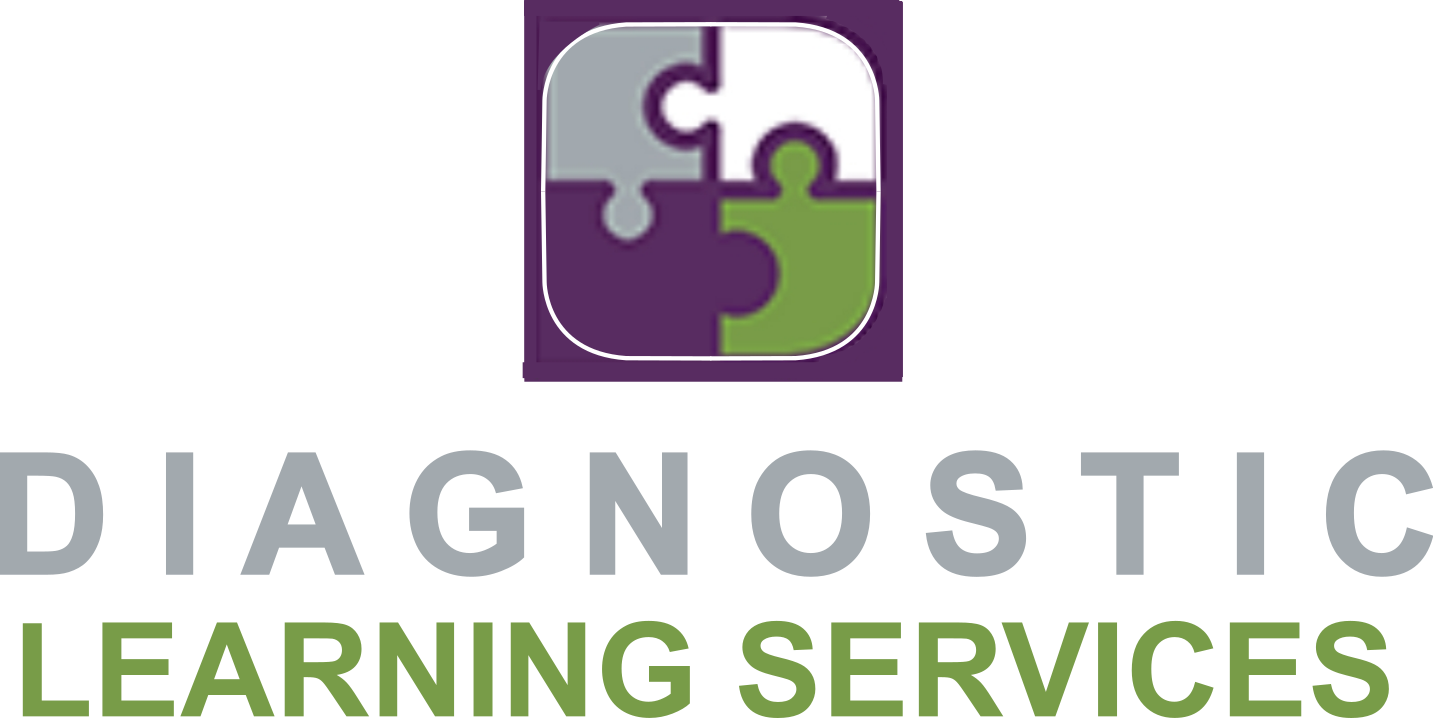Understanding Learning Disabilities
It’s estimated that 5 to 15% of school-aged children struggle with a learning disability, with nearly 80% experiencing challenges in reading, such as dyslexia. Learning disabilities extend beyond academics and can affect self-esteem, confidence, and daily life.
Many children with learning difficulties also have coexisting conditions, like ADHD. In fact, about one-third of students with a learning disability are also diagnosed with ADHD.
Tip: Early identification and intervention can significantly improve a child’s academic and personal development.
What Qualifies as a Learning Disability?
To be diagnosed with a learning disability, a student must meet four key criteria:
- Difficulty in at least one academic area: Struggling with reading, writing, math, or comprehension that is significantly below age expectations.
- Academic performance significantly below expectations: Their difficulties cause noticeable challenges in school or daily activities.
- Challenges that began during school-age years: These learning differences are not temporary but have been ongoing since childhood.
- Not caused by other factors: The struggles are not due to vision/hearing impairments, intellectual disabilities, neurological conditions, or insufficient instruction.
Stat: 80% of children with learning disabilities struggle with reading, making early literacy assessments crucial.
What Does the Law Say? Understanding IDEA
The Individuals with Disabilities Education Act (IDEA) defines a learning disability as a disorder in one or more of the basic psychological processes involved in understanding or using language. This can manifest as difficulty with:
- Listening and comprehension
- Speaking fluently and clearly
- Reading accuracy and fluency
- Writing and spelling
- Math calculations and problem-solving
However, IDEA specifies that learning disabilities do not include issues that stem primarily from intellectual disabilities, vision/hearing impairments, emotional disturbances, or economic disadvantage. (IDEA Sec. 300.8 (c)(10))
How We Can Help
Understanding how your child learns is the first step toward success. Our comprehensive in-person learning disability assessments provide clear, actionable insights to support students at home, in school, and during standardized tests.
Our team of expert evaluators specializes in diagnosing learning disabilities, ensuring that students receive the necessary accommodations and support to thrive.
🔍 Why We Look at the Whole Picture
At Diagnostic Learning Services, we don’t test for a single learning disability in isolation. A comprehensive in-person evaluation is essential to understanding how an individual processes and learns information. By assessing multiple areas—including reading, writing, math, attention, memory, and processing—we can identify overlapping challenges and ensure the most accurate diagnosis and support plan.
